- High Voltage Control: Supports up to 250V AC / 10A or 30V DC / 10A load.
- Optocoupler Isolation: Electrically isolates control and load sides for device protection.
- Wide Compatibility: Available in 5V, 12V, or 24V versions to match your input device.
- Trigger Modes: Jumper-selectable high-level or low-level trigger per channel.
- Fault-Tolerant Design: Prevents relay activation if the control signal line is broken.
- Indicator LEDs:
- Green LED for power status
- Red LED for relay status
- User-Friendly Terminals: Easy wiring via screw terminal blocks for both input and load.
- Applications: Ideal for automation, remote switching, microcontroller projects, and industrial control.
RELAY Module ( 1 Channel )
₹199.00 Original price was: ₹199.00.₹99.00Current price is: ₹99.00.
The primary function of a relay module is to switch electrical devices or systems on and off. It also serves to isolate control circuits, ensuring that low-power devices, such as microcontrollers, can safely control higher voltages and currents.
The primary purpose of a relay is to control a larger circuit with a smaller, separate control signal. It essentially acts as a switch, allowing a low-power signal to switch on or off a higher-power circuit. This allows for remote control, automation, and protection of electrical systems.
This is a 1 channel relay module with load capacity of 250V/10A for AC and 30V/10A for DC, making it suitable for handling a wide range of power inputs on its load terminal. It has an optocoupler isolation to ensure that there is no electrical connection between the input terminal and the load control ciruits, thus protecting the relay module and the connected devices from damage.
The relay module has a working voltage of 5V or 12V or 24V depending on the model, offering compatibilty with wide range of input control devices. Also, each channel of the module can be set to either high-level or low-level trigger mode using a jumper. This allows you to customize the module’s working to suit your specific application.
It includes a fault-tolerant design, meaning that it will not activate the relay if the control line is broken. This prevents accidental acctivation of relay. The module is equipped with indicator lights: a green light shows power status, while four red lights display the status of each relay.
The relay module has a user-friendly interface that allows you to connect all input and load terminal directly through a terminal blocks.
Be the first to review “RELAY Module ( 1 Channel )” Cancel reply
Related products
-
450-ohm Resistor (Pack of 20)
₹199.00Original price was: ₹199.00.₹70.00Current price is: ₹70.00. -
Voltage Regulator 7805 (Pack of 5)
₹399.00Original price was: ₹399.00.₹119.00Current price is: ₹119.00. -
Miniature Screw Base Torch Bulb with Holders (Pack of 5)
₹249.00Original price was: ₹249.00.₹199.00Current price is: ₹199.00. -
RGB LED (Pack of 10)
₹99.00Original price was: ₹99.00.₹60.00Current price is: ₹60.00. -
Yellow LED (Pack of 25)
₹99.00Original price was: ₹99.00.₹30.00Current price is: ₹30.00.

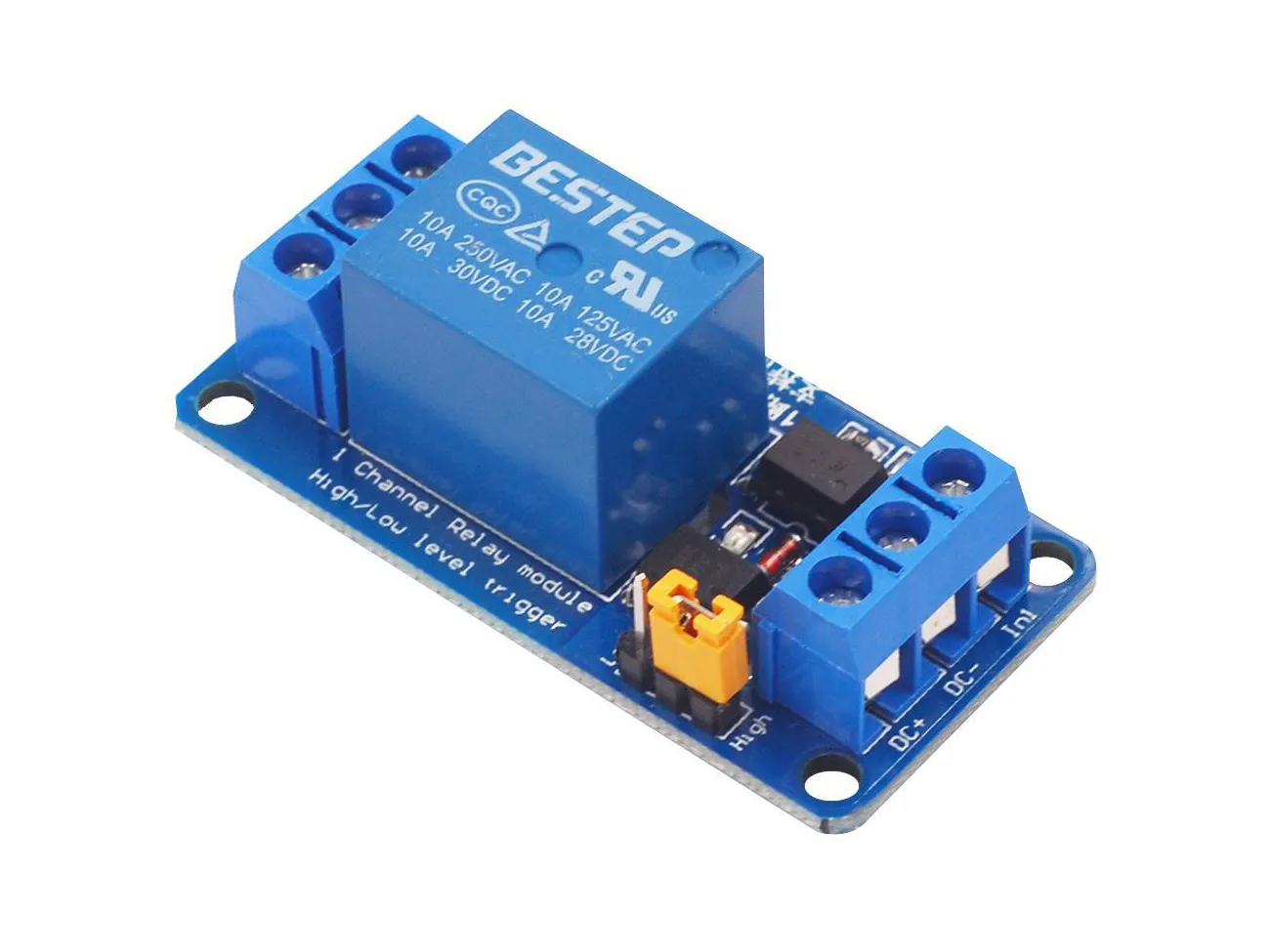
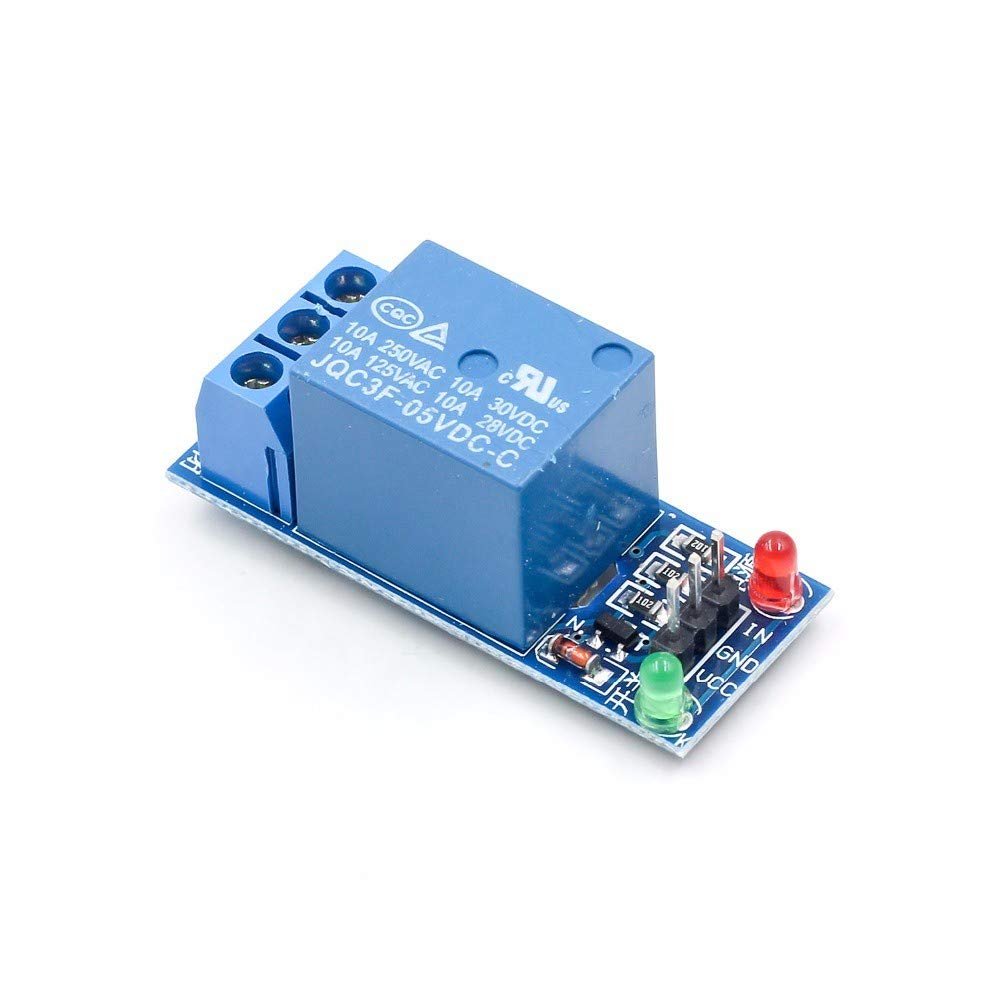
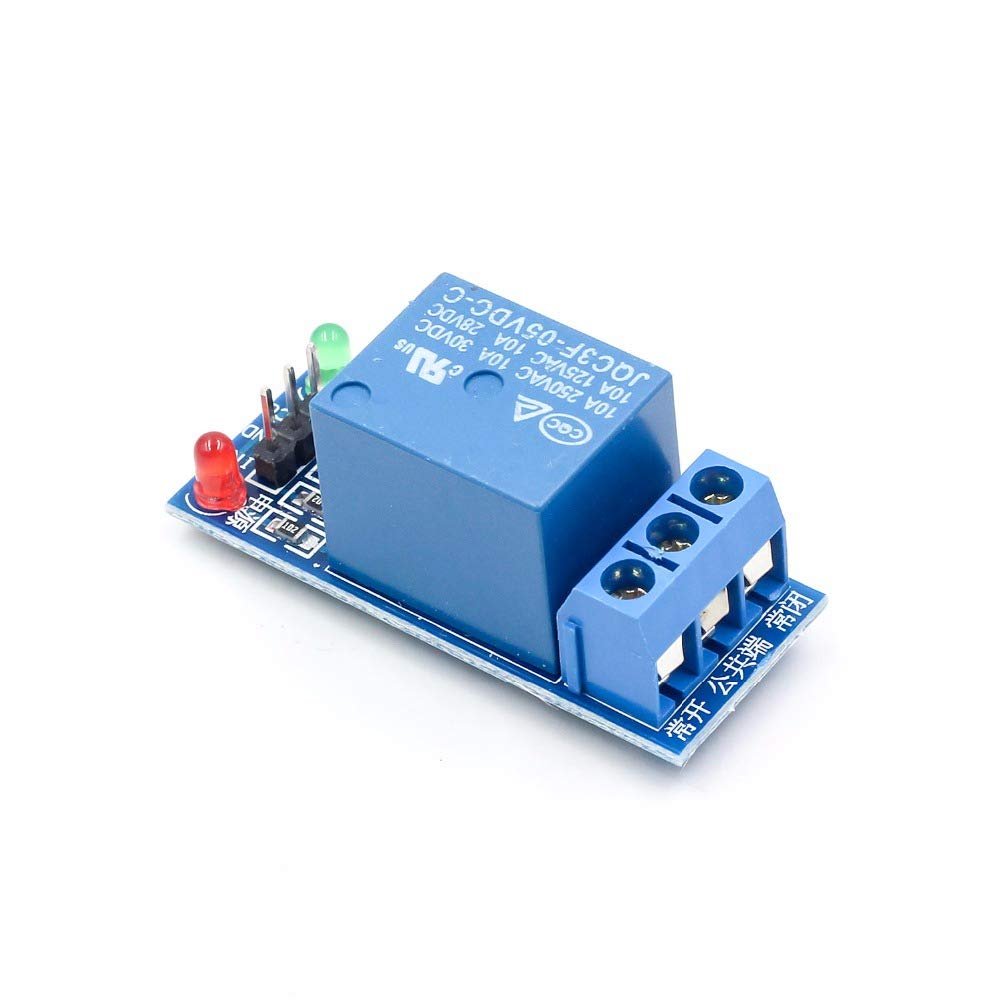
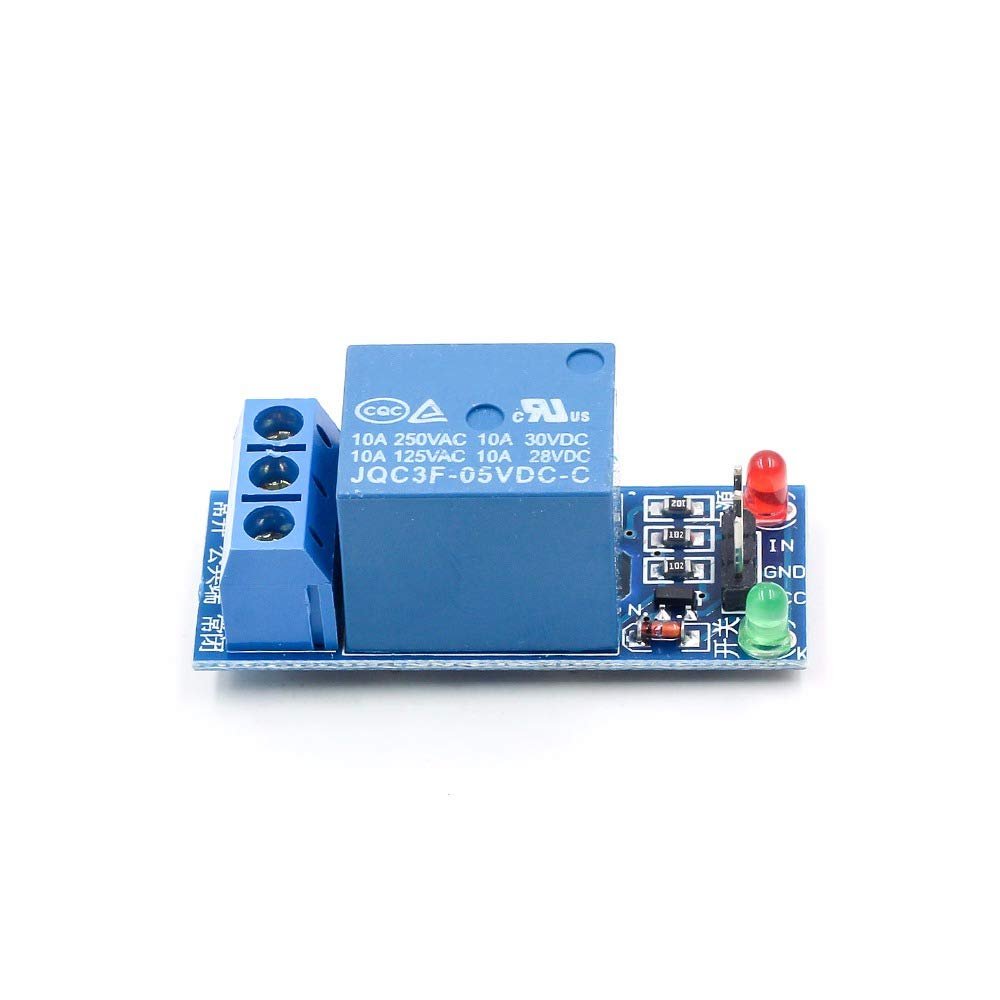

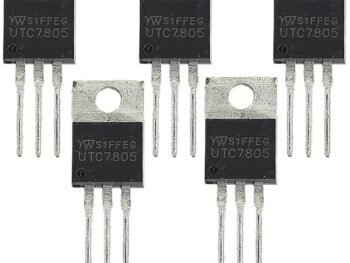
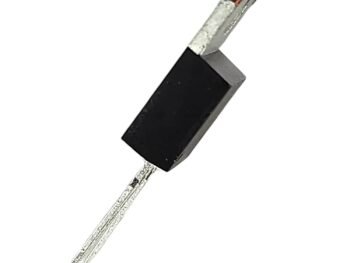





There are no reviews yet.